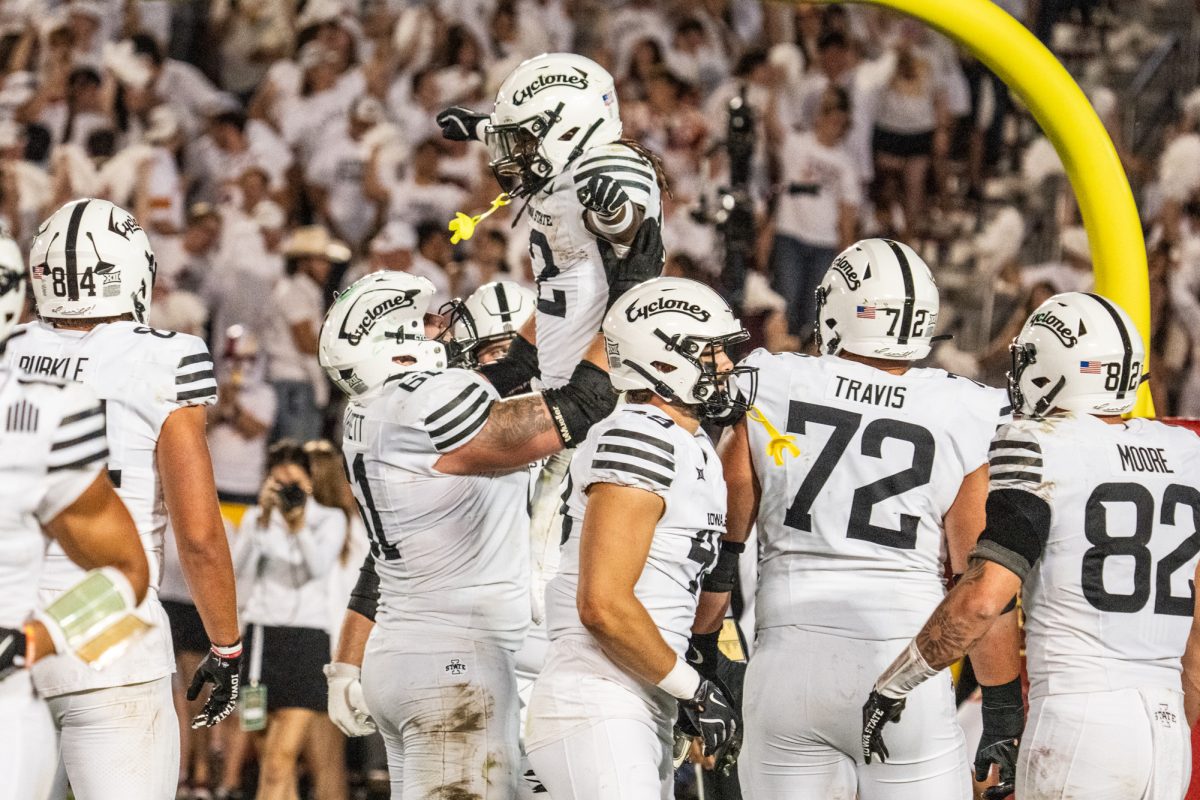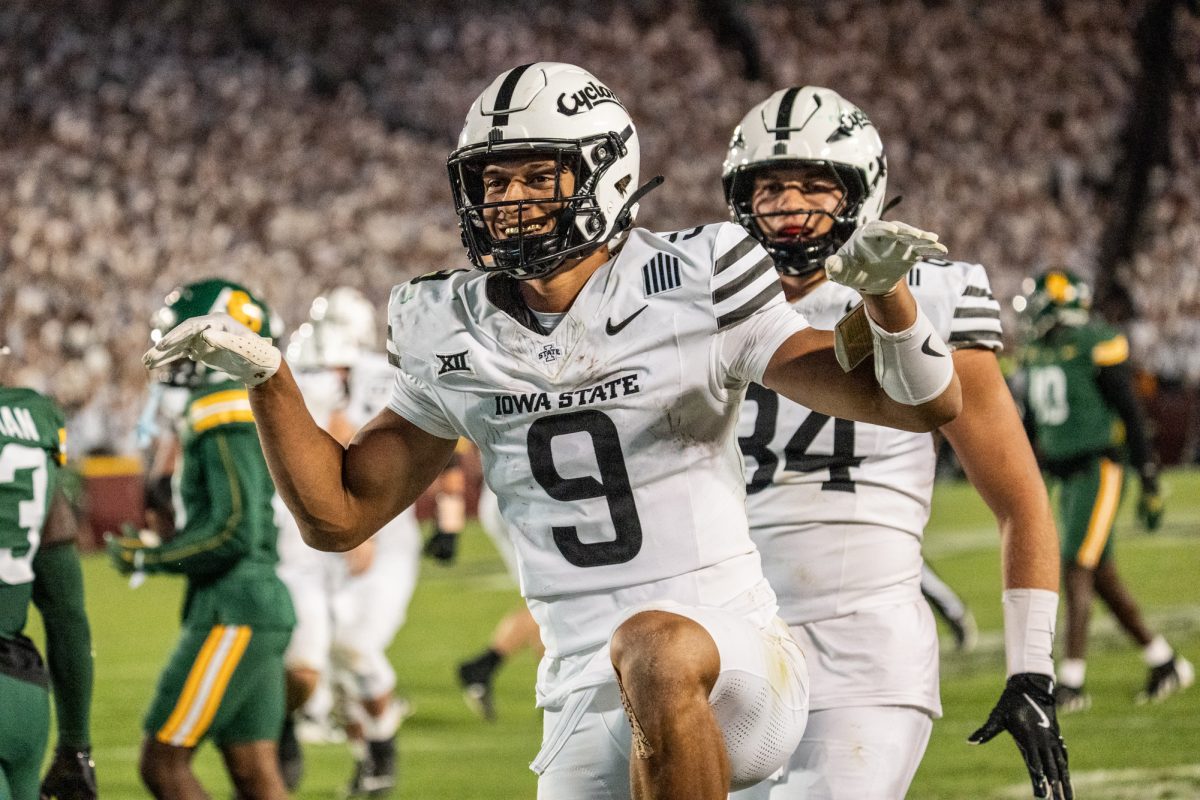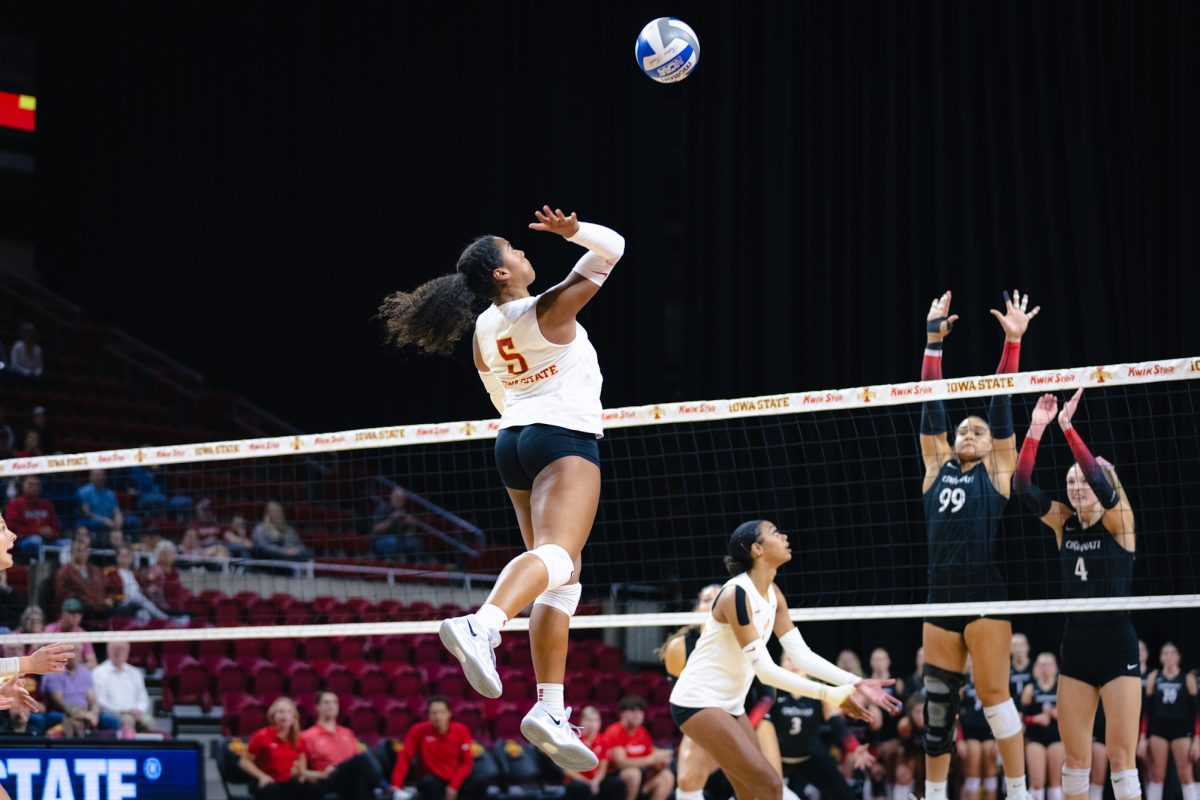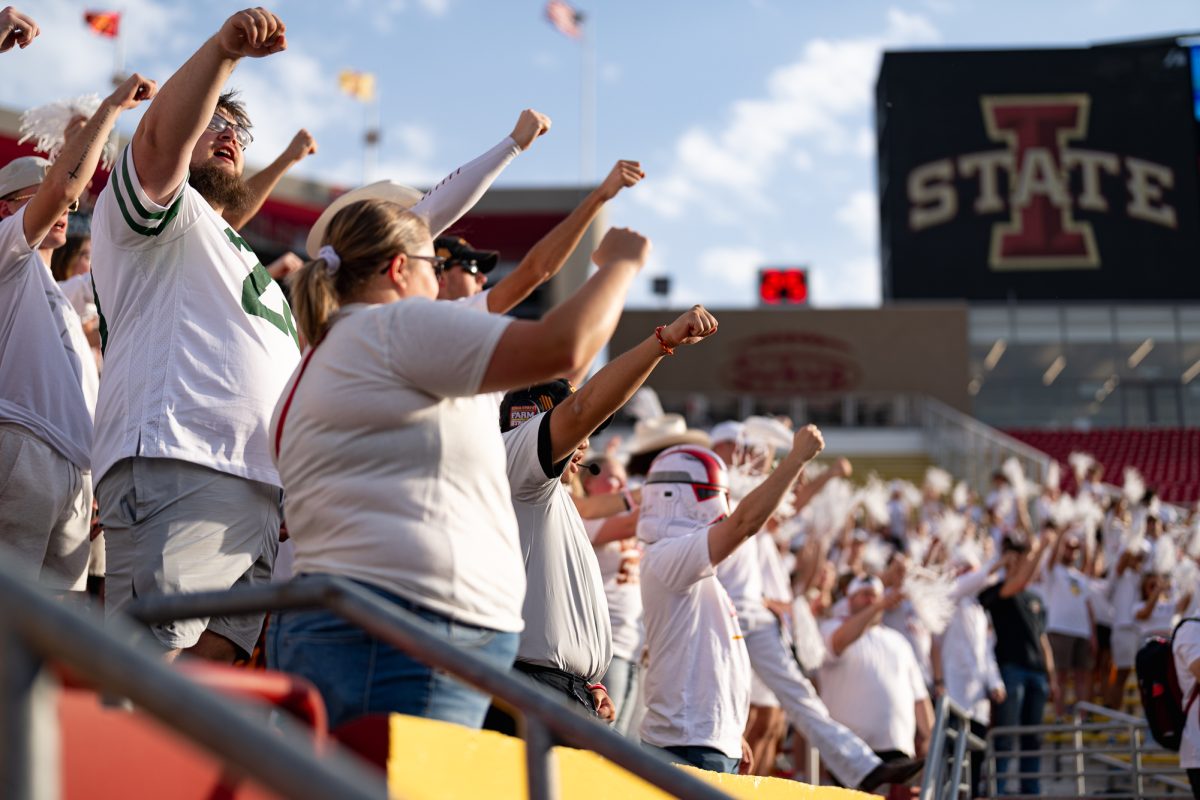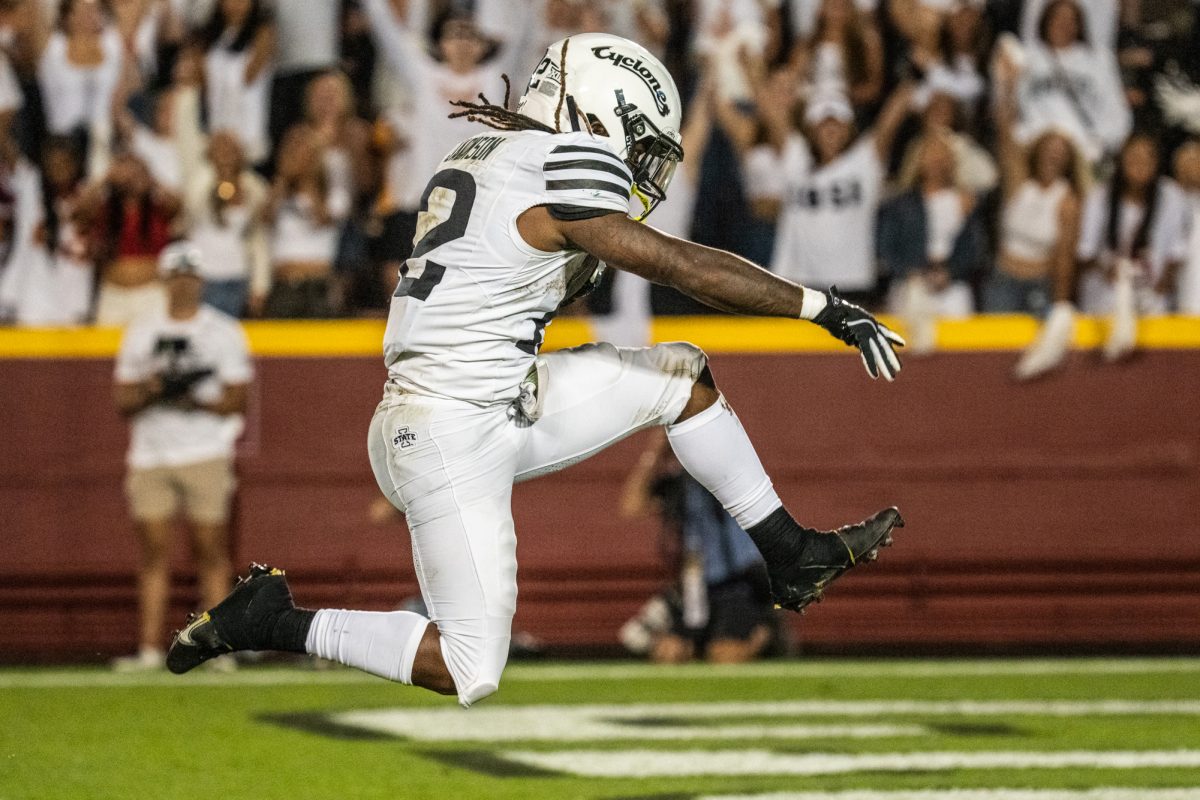Student teachers searching for placement look to Huey
April 6, 1999
Gayle Huey is looking for a few good teachers — actually about 600 of them.
Huey, director of field experiences for the College of Education, is submerged in the process of finding placements for students ready to student teach next fall. She also is working to find practicum placements for students.
“I’m looking for placements for early childhood, elementary and secondary [education],” said Huey, who is handling student-teacher placements for the first time this semester.
“The process is a little different as you go along, but usually one size kind of fits them all,” she said. “I just have to tweak them a little for each major.”
Huey, who has been at Iowa State for nine years, is in the process of finding about 150 placements for student teachers this coming fall. The spring semester usually averages from 185 to 200 placements.
She also needs to find more than 400 practicum placements for students who are not at the student-teaching level.
“It’s truly a year-round job,” Huey said. “There is never a slow time in the office.
The process for placement begins with the students, who fill out a pair of applications: one online and one written. Huey and her staff check for errors, allow the students to fix those errors and then place the information into a database.
Students are then sorted by majors, and Huey begins the process of matching up student teachers with professional teachers.
Early childhood and elementary education majors require two, eight-week placements with two different teachers.
Secondary education majors are given a 12-week placement with one teacher, unless they are in “Project Opportunity.” In that case, a secondary education major has two placements.
“I guess we’ve done [placements] long enough; I don’t think there are problems,” said Kathy Connor, director of Project Opportunity and coordinator of elementary student teacher supervision. “It works pretty slick. Gayle is just great at finding these placements.”
Huey first looks at special circumstances of student teachers, such as travel restrictions or family responsibilities. She also looks at the students’ placement requests.
Field supervisors from the different majors also have a hand in matching up students with cooperative teachers.
“We have quite a bit of input,” said Donna Niday, assistant professor of English and a student-teacher supervisor for the past three years.
“We list who would be a [teacher] that we would recommend. In most cases, we list the name of a specific teacher,” she said. “That list then goes to the College of Education, and Gayle works with that list.”
Students have several options for placement, Huey said. They can choose to teach internationally or at ISU centers in Houston, Omaha, Cedar Rapids and Story City. Student teachers also are placed throughout central Iowa.
After matching up students with teachers, Huey sends out letters requesting placements. School districts then go through the process of approving or denying the request. Huey said requests may be turned down for any reason, and ISU doesn’t question any denials.
“They can deny for any number of reasons,” she said. “Maybe they have an elderly parent that may be ill. Perhaps the school is switching to a block schedule.”
After confirmation of all the placements, Huey releases them to the students.
“Oftentimes, it’s at a snail’s pace,” she said. “It may seem like everyone is not doing their job, but they are. It just takes a while.”
ISU makes every effort to place all students with teachers, which often means making phone calls to individual teachers asking for help.
“We’ve started some of that,” Huey said. “I’ve spent some time on the phone. I’ll tell a teacher, ‘I know you didn’t request a student teacher, but I’ve got one that is a fit and would you take a student teacher?’
“I don’t know that we ever say never. There’s always a place. I am very confident that we can place all the students,” she said.
Connor has worked with student teachers for 27 years, and she said they always have been placed.
“We find the placements,” she said. “Sometimes the students may not be happy with that placement. If they are willing to travel, we haven’t had trouble finding placements.”
Once in the schools, student teachers are observed frequently by their supervisors. Niday said secondary majors receive visits every two weeks. Connor said elementary supervisors make weekly visits.
“At Iowa State, our philosophy is all our students deserve and should get strong supervision from the university,” Huey said. “We look at getting them strong cooperative teachers and good supervisors.”


